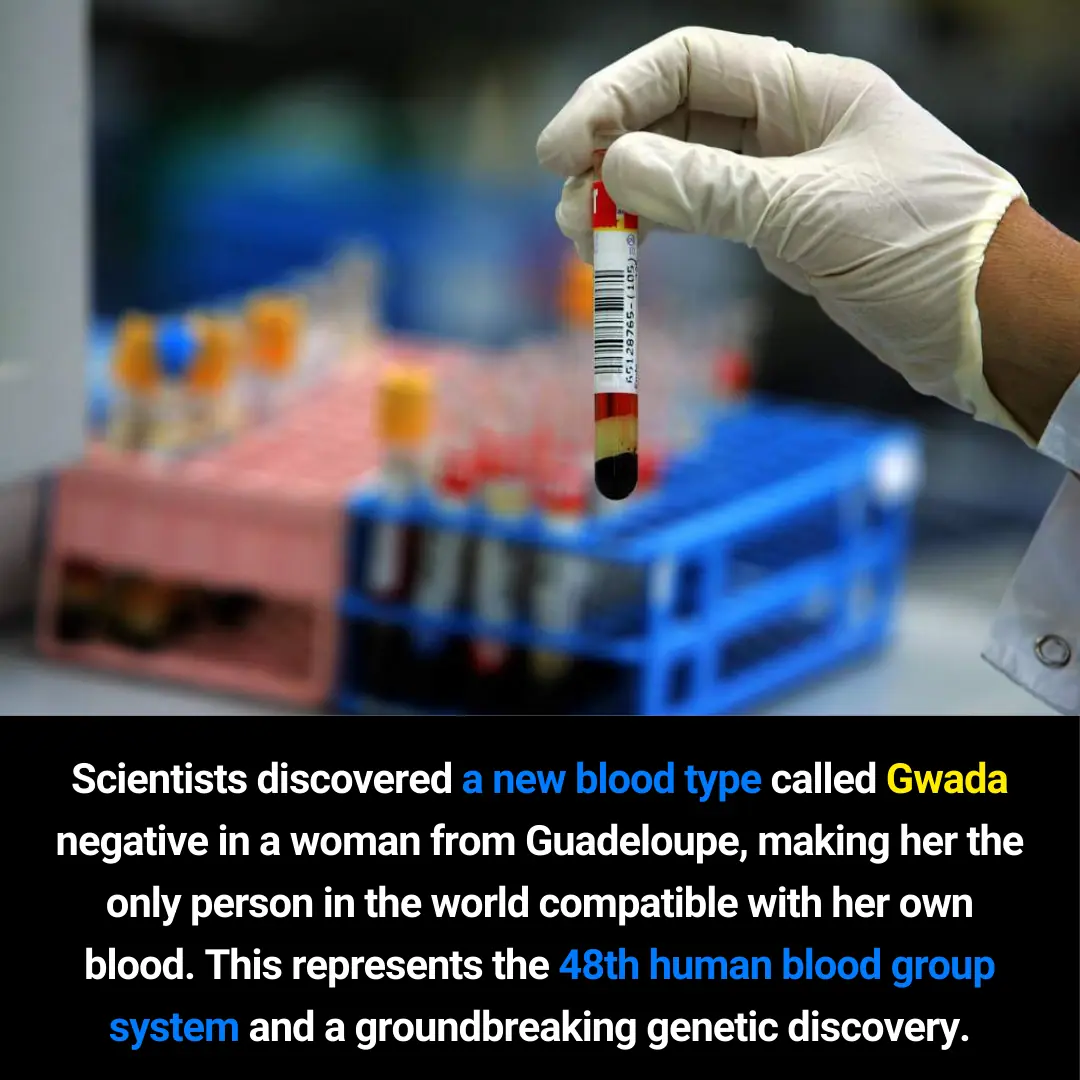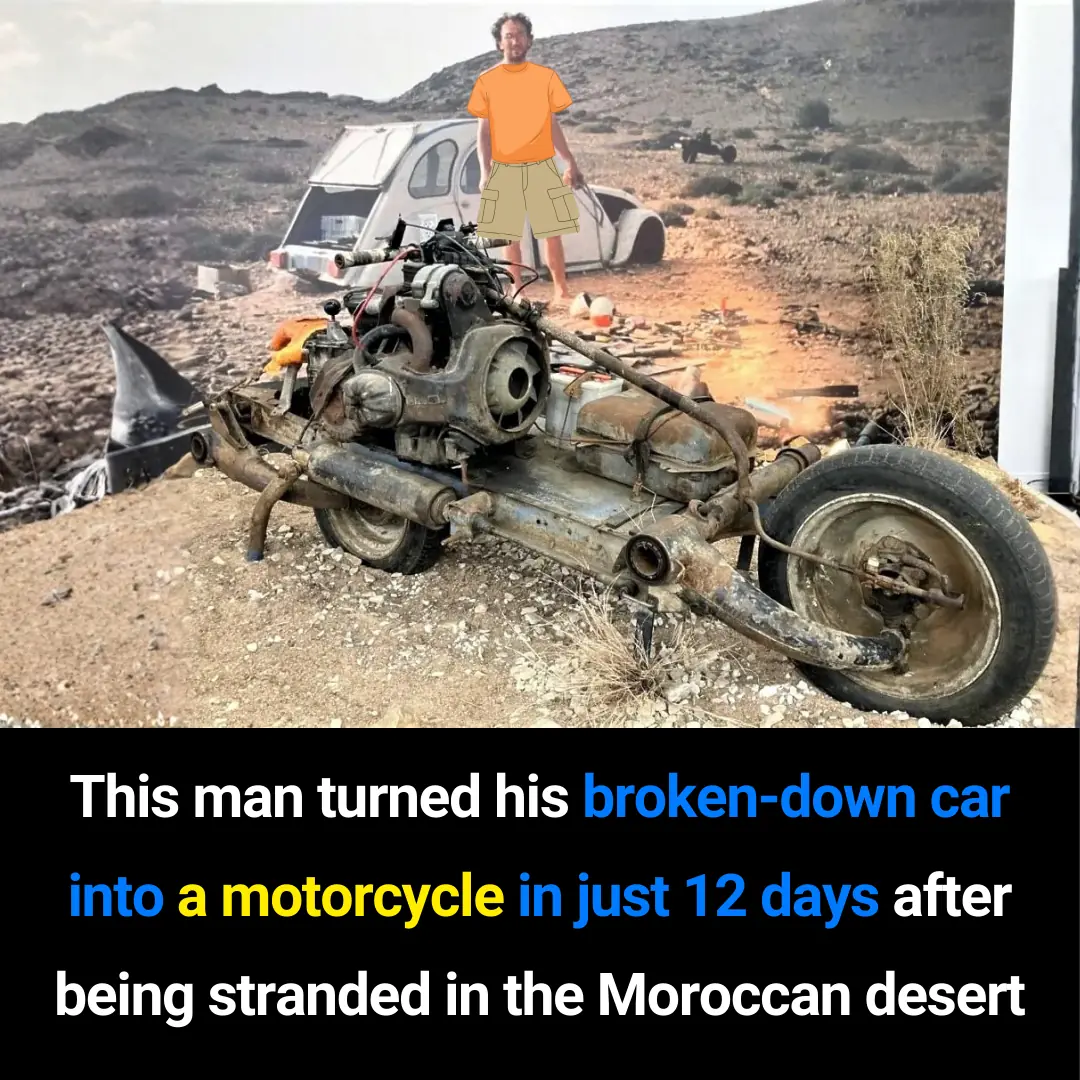
Experts Issue Terrifying Warning That Part Of The Earth Is Tearing Apart In A ‘Train Wreck’ Event
Scientists are sounding the alarm about an enormous geological process—described as a kind of “death” of a tectonic plate—that is actively reshaping our home planet. Although invisible from the surface, this slow-motion collapse is part of the deep Earth machinery that has shaped continents, oceans, and the planet’s landscape for billions of years.
To put Earth’s long history into perspective: if the planet’s 4.5-billion-year timeline were compressed into a single calendar year, humans would appear at 11:59 p.m. on December 31—just seconds before midnight. Over this vast span, Earth’s appearance, climate, and internal structure have transformed repeatedly, driven largely by the movement of massive tectonic plates.
What Are Tectonic Plates—and Why Do They Matter?
Tectonic plates are enormous slabs of solid rock—some the size of entire continents—that float on Earth’s semi-molten mantle like giant rafts. Their movement is responsible for:
-
Earthquakes
-
Volcanic eruptions
-
Mountain formation
-
The long-term drift of continents
One of the most dramatic interactions between plates occurs at a subduction zone, where one plate dives beneath another. This usually happens when a dense oceanic plate sinks under a lighter oceanic or continental plate. Subduction zones are known for generating powerful earthquakes and volcanic arcs—think the Pacific “Ring of Fire.”
A Rare Glimpse of a Dying Tectonic Plate
Scientists studying the subduction zone off the coast of the Pacific Northwest—where the Juan de Fuca and Explorer Plates slide beneath the North American Plate—may have captured the first detailed look at a tectonic plate in the process of dying.
Lead researcher Dr. Brandon Shuck and his team used a combination of:
-
Seismic reflection imaging, which acts like an ultrasound for the Earth
-
Earthquake activity records, revealing how stresses move through the crust
Their goal: understand the deep structure of this subduction system.
What they found was far more dramatic than expected.
A Subduction Zone’s “Death” Is Not Sudden—It’s Slow and Chaotic
Dr. Shuck explains that starting a subduction zone requires enormous force:
“Getting a subduction zone started is like trying to push a train uphill — it takes a huge effort. But once it’s moving, it’s like the train is racing downhill, impossible to stop. Ending it requires something dramatic — basically, a train wreck.”
Traditionally, geologists believed that when subduction stops, the descending plate detaches in a single, catastrophic event. But the team’s observations tell a different story.
Using a 15-kilometer-long array of sensors to “listen” deep into the Earth, they discovered that plates don’t break off all at once—they fracture piece by piece.
Dr. Shuck describes it vividly:
“Instead of a big train wreck, it’s like watching a train slowly derail, one car at a time.”
A Massive Fault Believed to Be Tearing the Plate Apart
One large section of the subducting plate appears to be actively ripping away.
“There’s a very large fault that’s actively breaking the plate,” Dr. Shuck noted. “It’s not 100% torn off yet, but it’s close.”
Once a chunk fully detaches, it stops generating earthquakes because the rock is no longer locked or under intense friction. This has major implications for regions where seismic activity is a concern.
What This Means for Global Geology—and Earth’s Future
The research could dramatically reshape our understanding of plate tectonics. Similar signs of plate “death” may be occurring elsewhere, such as in Baja California, where scattered “microplates” suggest multiple subduction zones are in their final stages of collapse.
These findings help scientists better understand:
-
How subduction zones end
-
How continents reorganize over millions of years
-
Where future earthquakes or volcanic activity might occur
-
How new ocean basins or mountain ranges could eventually form
While this entire process seems explosive when described metaphorically, in geological terms it is still incredibly slow—unfolding over millions of years. To us, it’s a disaster movie happening in extreme slow motion.
News in the same category


Community Backlash Stops Padel Court Plans in Bath Amid Rising Demand

26 Years, 214 Countries, 900,000 Kilometers: The Epic Journey of Gunther and Christine

Personal Video with Messi Leads to Dismissal, Raising Questions About Workplace Rules

Sleep: The Hidden Engine Behind Metabolism and Fat Loss

The First Dive: How Hundreds of Emperor Penguin Chicks Took a Daring 50-Foot Plunge

What Happens to Your Body During a 24-Hour Fast?

China Achieves Quantum Teleportation Breakthrough That Could Redefine the Future of Communication

A Comedy Gone Too Far: Five Parrots Split Up After Cursing and Laughing at Guests

Autcraft: How a Father Built a Safe Digital World for Autistic Children

South Korea’s Top Universities Redefine Excellence by Rejecting Students With Bullying Records

The Healing Power of Bone Broth: From Gut Health to Whole-Body Wellness

Karma’s Gift: How Juliette Lamour Became a $48 Million Winner

Think Twice Before Putting Parchment Paper in the Oven

When your non-stick pan loses its coating, don’t throw it away—do this and it will look new again

Dr. Barry Marshall: The Scientist Who Transformed Ulcer Treatment and Changed Modern Medicine

Dr. Paulo de Valdoleiros: The South African Doctor Redefining Accessible Healthcare

Gwada Negative: The 48th Human Blood Group and an Extraordinary Genetic Discovery

Incredible Survival Story: The Man Who Turned His Broken Car Into a Motorcycle in the Moroccan Desert
News Post

The single move that instantly clears congestion and drains your sinuses

This common diabetes medication may undo the benefits of your workouts

Your legs have a “second heart” — and one simple move can reactivate it fast

9 cancer warning signs your body is sending you (don’t ignore these!)

Here’s the secret why everyone puts avocados on the fire!

Grow Date Trees From Seed (Start in a Pot → Plant Outdoors): The Complete, No-Stress Guide

Guava Leaves for Blood Sugar Control: Nature’s Gift for Diabetics

Utqiagvik Enters 64 Days of Darkness: Inside Alaska’s Annual Polar Night
The Versatility and Benefits of Orange Peel Powder

Here’s the secret why everyone puts avocados on the fire!

Natural Biotin Powder: Get New Hair in Bald Patch, Extreme Hair Growth

Community Backlash Stops Padel Court Plans in Bath Amid Rising Demand

Scientifically Proven Benefits of Pumpkin Seeds (Pepitas) and Pumpkin Seed Oil

26 Years, 214 Countries, 900,000 Kilometers: The Epic Journey of Gunther and Christine

My nana taught me this hack to get rid of dark circles in 5 mins with 0 work. Here’s how it works

The single move that instantly clears congestion and drains your sinuses

Put a cotton ball with VapoRub in your ear & get this remarkable effect

A Drink That May Help Reduce Cancer Risk: Not Tea or Coffee

Tips for preserving ginger without refrigeration
